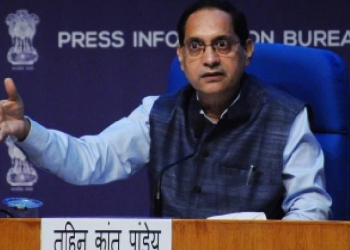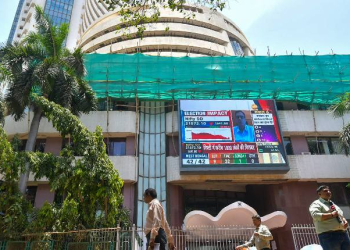Chennai: The Indian life insurance sector should address the ‘elephant in the room’ – high direct and indirect costs- so that it can move out of the shadow of the tax benefits driven growth model, said Emkay Global Financial Services Ltd in a report.
According to the report authored by sectoral experts Avinash Singh and Mahek Shah, the life insurers for a long period of time have been selling their policies on one or more ‘E’ of EEE – Exempt, Exempt and Exempt- tax treatment (premium and proceeds are tax exempt).
With the Indian government moving towards an exemption-free new tax regime and adding tax on proceeds of high ticket policies, life insurance savings products need to improve their competitiveness versus other savings/investment products, the Emkay Global experts said.
This cannot be done unless the industry acknowledges and addresses the high direct cost (operating expenses and commissions) and indirect cost (lower persistency), they added.
Industry officials have told IANS that the insurers – life and non-life- have been paying their product distributors over and above what has been prescribed under various heads.
Incidentally, last year saw the Goods and Services Tax (GST) Authority alleging 16 insurers misappropriating a whopping Rs.824 crore of input tax credit using their intermediaries to issue fake invoices.
Be that as it may, Emkay Global said the overall operational expenses and commission as a percentage of asset under management (AUM) have not reduced materially (3.5% from 4 per cent for private and 1.6 per cent from 2.1 per cent for LIC).
“This high-cost scan is poor versus AMC (asset management company industry and banks. It is worth noting here that life insurance has to incur most opex (operational expenses) to source the premium and investment management is a lean set-up, but most universal banks have to incur opex for deposit gathering as well as loan distribution and collection,” the report notes.
According to Emkay Global, the real trend of underlying growth of the new business will be clearer only by H2FY24. Continued slow progress in retail protection, lack of clarity on savings product growth, and a host of company-specific issues mean that despite the valuation being very supportive, the lack of positive catalysts means the stock will likely be range bound in the near term.
(IANS)



















